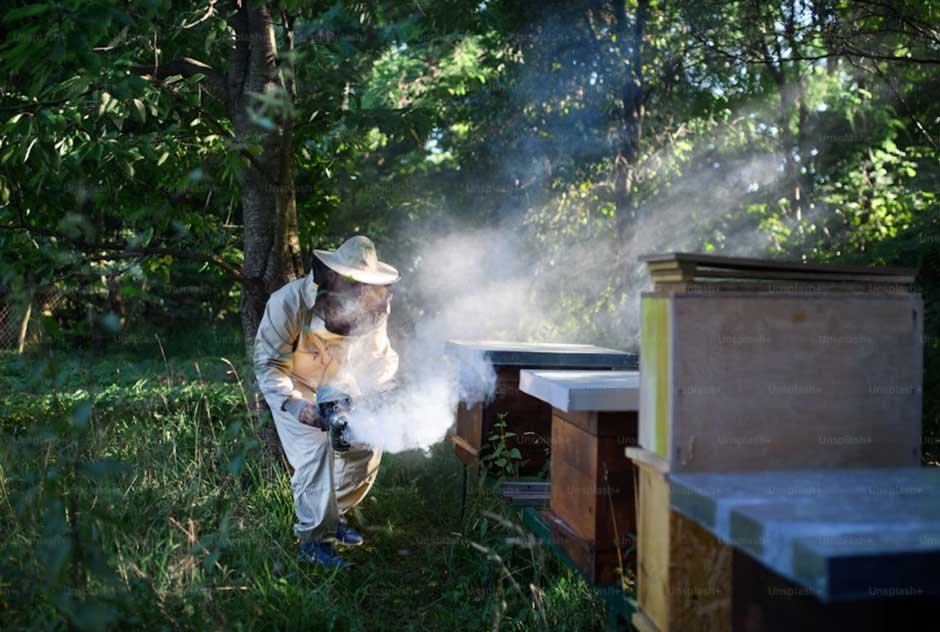Pests can be a real pain, right? They can cause damage to our homes and even put our health at risk. Getting rid of these unwanted guests is crucial for keeping our living or working spaces safe and comfortable, which is where understanding pest treatment services becomes valuable.
In this article, we’ll explore the different ways to tackle pest problems. We’ll dive into chemical, biological, physical, and integrated pest management (IPM) approaches, discussing the pros, cons, and when each method might be the best fit.
When exploring various pest treatment methods, it’s crucial to choose the right approach for your specific situation. For those in need of reliable services, consider pest control Pensacola. This ensures your home remains pest-free, protecting both your property and health. Selecting the right pest control method can make all the difference in effectively managing infestations.
KEY TAKEAWAYS
- Chemical pest control methods use insecticides and rodenticides but can pose environmental and health risks.
- Biological methods like beneficial insects and microbial pesticides offer eco-friendly alternatives but may have limitations.
- Physical controls such as traps, barriers, and temperature treatments provide targeted, non-toxic options for pest management.
- Integrated Pest Management (IPM) combines various approaches for long-term, effective, and environmentally responsible pest control.
Chemical Pest Control Methods
Let’s start with chemical pest control methods, which involve using insecticides and rodenticides to eliminate pests. Insecticides like pyrethroids, organophosphates, and carbamates can be effective and fast-acting against insects.
But they can also harm the environment and our health, and pests might develop resistance over time. So, it’s super important to follow safety instructions and use proper protective gear when using these products. When it comes to rodents, rodenticides are the go-to chemical option.
These can be anticoagulants or non-anticoagulants, and they work by causing internal bleeding or other lethal effects in rodents. While they can be effective, they can also be dangerous for non-target animals and potentially harmful to the environment. Proper handling and application are key to minimizing risks.
Biological Pest Control Methods
Biological pest control methods are another eco-friendly option. These involve using beneficial insects, organisms, and microbial pesticides to manage pest populations. Beneficial insects and organisms, like ladybugs, lacewings, and nematodes, are natural predators or parasites of pests.
They’re an eco-friendly and sustainable option, but their effectiveness can be slower, and they require specific conditions to thrive. Microbial pesticides, like bacteria, fungi, and viruses, are another biological option. These tiny critters infect and kill target pests while being relatively harmless to non-target organisms.
Pretty cool, right? However, they might only target a narrow range of pests, and environmental factors can affect how well they work. Both beneficial insects/organisms and microbial pesticides can be valuable players in an Integrated Pest Management (IPM) program, which we’ll cover a bit later.
Physical Pest Control Methods
Aside from chemical and biological methods, there are also physical pest control options. These involve using traps, barriers, and temperature treatments to manage pests. Traps like glue boards, snap traps, and live traps can be effective in capturing and removing pests.
Barriers like mesh screens, caulking, and door sweeps help keep pests out of buildings or specific areas. These methods are non-toxic and targeted, but they can be labor-intensive and might not be effective for large infestations.
And let’s not forget about heat and cold treatments. These methods work by exposing pests to extreme temperatures that are lethal to them. They’re effective against a wide range of pests without leaving chemical residues behind.
But they can potentially damage sensitive materials, and their effectiveness might be limited for certain types of pests. Safety should always be a priority when using these temperature-based treatments.
Integrated Pest Management (IPM)
Now, let’s talk about the big kahuna of pest control: Integrated Pest Management (IPM). IPM is a comprehensive approach that combines various methods to achieve long-term, effective, and environmentally responsible pest management. It involves monitoring and inspecting for pests, implementing preventive measures like proper sanitation and sealing entry points, and utilizing a combination of control methods as needed.
The key components of IPM are regular monitoring and inspection to detect pest presence and activity levels, implementing preventive measures like proper sanitation and sealing potential entry points, utilizing a combination of control methods (chemical, biological, and physical) as needed, and consistently evaluating and keeping records of the effectiveness of the implemented strategies.
IPM offers a ton of benefits, including cost-effectiveness, reduced environmental impact, and a long-term solution to pest problems. By taking an integrated approach and considering all available options, IPM programs can be tailored to specific pest situations, resulting in successful and sustainable pest management. Pretty neat, right?
Closing Thoughts
For a practical example of these methods being applied effectively, consider exploring services by experts in your area. For instance, if you’re looking for reliable pest control solutions in Fort Wayne, you might want to check out Pest Control, where professionals employ a variety of treatment strategies to protect your home efficiently. This link can offer insights into how these methods are adapted to local conditions and pest types.
Ultimately, effective pest management isn’t a one-size-fits-all solution. It requires understanding the different treatment methods available and their pros and cons. From chemical and biological approaches to physical controls and integrated pest management, each method has its strengths and limitations. By carefully evaluating the pest situation and considering factors like environmental impact, safety, and long-term effectiveness, you can make informed decisions and implement the pest control strategy that works best for you.


